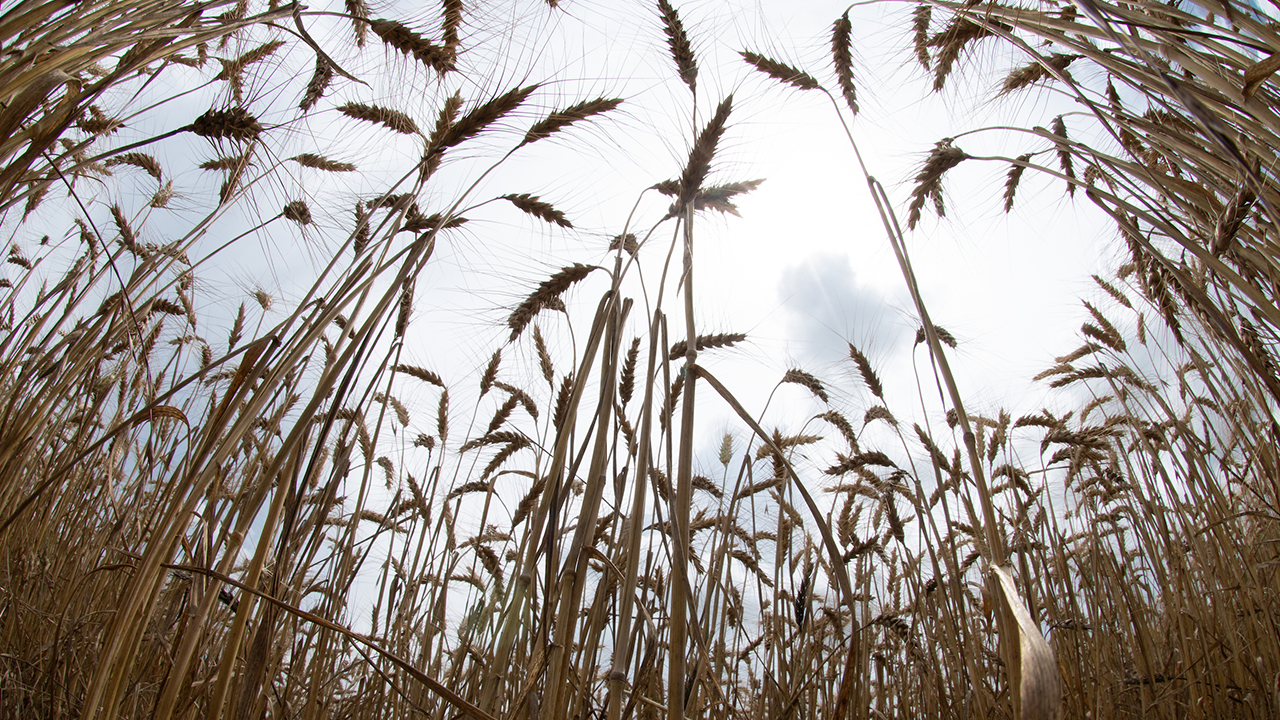content body

A recent federal case in Michigan brought against two Chinese student researchers for attempting to smuggle a biological pathogen into the United States highlights the need for a stronger national surveillance system to protect against such threats, according to Robert Norton, professor of veterinary infectious diseases, biosecurity and public health in Auburn's Office of the Senior Vice President for Research and Economic Development.
The student researchers were recently charged with smuggling goods into the U.S., in addition to several other charges, for attempting to bring the fungus Fusarium graminearum into the country from China, according to the U.S. Attorney’s Office for the Eastern District of Michigan.
Fusarium graminearum can cause disease in certain plants like wheat, corn, rice and barley, and is responsible for billions of dollars in economic loss worldwide each year. Large enough amounts of the toxins produced by the fungus can cause vomiting, liver damage and reproductive defects in both livestock and humans.
The criminal complaint does not allege that the defendants had plans to intentionally spread the fungus outside the laboratory where one worked as a postdoctoral research fellow, but it says one was aware of the restrictions on the material and deliberately hid it in his backpack.
Whatever the intent, Norton said the case exposes a significant vulnerability to American agriculture.
“Foreign travelers can and do regularly try to bring in material that could cause serious problems to U.S. agriculture by spreading diseases to our animals and plants,” he said.
That is why Auburn has proposed the Auburn University Biosurveillance Intelligence, Surveillance and Reconnaissance (AU-BISR) system, that aims to address this risk through a multi-tiered system utilizing monitoring, detection, analysis and artificial intelligence (AI) to identify potential chemical, biological and radiological threats in their earliest stages, before they become difficult or more expensive to address.
“In a world of ever-increasing and varied threats — both natural and man-made — countering dangers posed to public health by dangers to or disruptions of so called ‘soft targets’ such as agriculture, the environment and the nation’s food supply chain are more critical than ever,” Norton noted.
Yet a system to constantly monitor the safety of such targets is not currently available. This shortfall in rapid detection of possible threats has the potential of severely impacting public welfare, the economy, military missions and overall national security.
Examples of the kinds of threats the AU-BISR system is designed to counter include environmental agents, nanoparticles, prions (misfolded proteins that can lead to neurodegenerative diseases in humans and animals), toxins and biofilms that occur naturally, as well as those that are the result of accidents or may be intentionally introduced to the agricultural sector in a terrorist-style attack.
In such cases as anomalies or threats are detected, AU-BISR would provide decision makers in government, the military and business with near-real time insight and analysis with data from a five-level system utilizing satellite, atmospheric and ground sensors, in addition to microscopic and genomic analysis.
Data gathered through the AU-BISR system would then be fed into a comprehensive data warehouse, where it could be analyzed and interpreted by both AI and human resources. Summaries and analysis of unusual trends and anomalies and/or detection of threats could then be used to rapidly inform decision makers, while also providing alarms and notices to operational biosurveillance personnel.
In the Michigan case, “there was a successful intervention,” Norton noted, “but it also begs the question of how many other such events are missed. Regardless of motivation, knowingly bringing a pathogen into the U.S. is a very serious matter and a violation of federal law.”
Norton added that, had officials not intercepted the fungal samples, they could have been propagated, “dramatically increasing the risk to U.S. grain crops like wheat, barley, maize and rice.”
That’s why Norton reiterated that a system such as AU-BISR is so critical to better protect the vital U.S. agricultural sector.
“AU-BISR would close a key gap in the nation’s security by providing an effective early warning system against potential hazards to the U.S. food supply,” he said. “It would also provide farm-to-table security and threat analysis at a cost far less than the likely expense of addressing a danger that reaches a crisis point prior to detection.”




